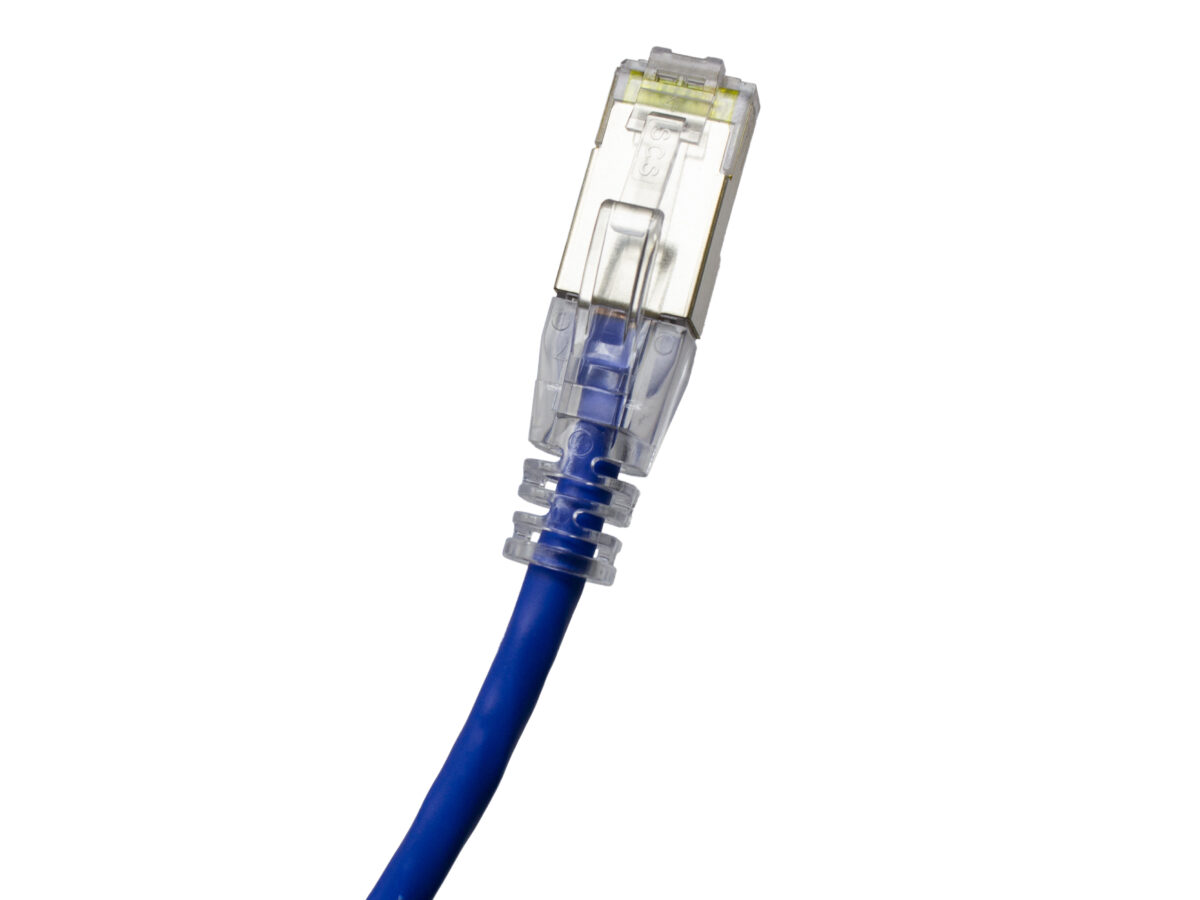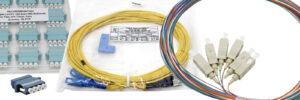Plenum-rated cable meets a higher safety standard than both CM and riser-rated cable (CMR). It is fire-resistant and produces less smoke than other cable jackets. Plenum cable (CMP) is typically used within buildings’ plenum spaces, which often provide HVAC services. In the past, solid 23AWG cables were utilized in these spaces because they were inexpensive and carry signals over long distances. These solid cables are not flexible and can fracture under constraint as well as compromise connections when bent, causing plugs to pull out of jacks.
Shaxon stranded plenum patch cable meets the loss-prevention requirements of insurance companies, as well as the demands of Power over Ethernet (PoE) connections short-space cables, where inflexible solutions do not work. With insurance rates on the rise, building owners are increasingly choosing plenum-rated cable as the best long-term decision.

They are ideal for use in patching applications where a CMP rating is mandated, or where fire protection, limited smoke emissions and streamlined CM and CMR cable requirements are desired.
Given their smaller and flexible design, cable density is improved and increased air flow for rack ventilation is maximized. Applications include plenum spaces, top-of-rack, patching solutions, high-density installations, temperature-sensitive spaces, secure networks and PoE. Ratings include NEC (ETL)-type CMP and CEC C(ETL)-type CMP.
Approved by the TIA’s TR-42.7 Copper Cabling Systems Subcommittee in 2018, TIA-568.2-D is a revision to the 568 cabling standard that recognizes 28 AWG patch cords. Previously the TIA had recommended only 22 AWG to 26 AWG for balanced twisted-pair cables. The addition of 28 AWG guidance is important for high-density applications where congestion, airflow and sharp bend radii are major considerations. Their smaller diameter allows 28 AWG patch cords to be used in places where 22 AWG to 26 AWG may be difficult or impossible to deploy.





